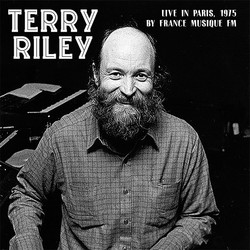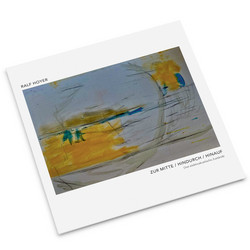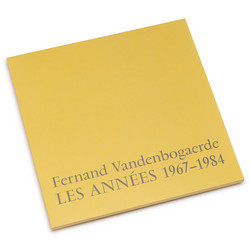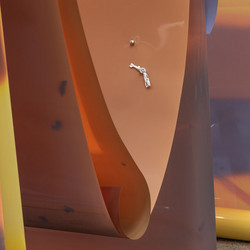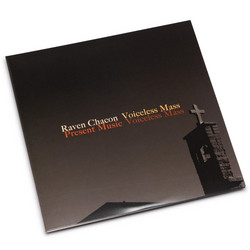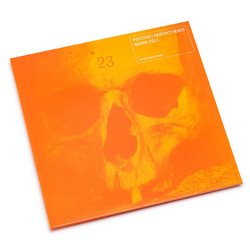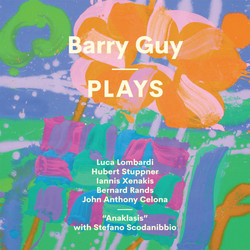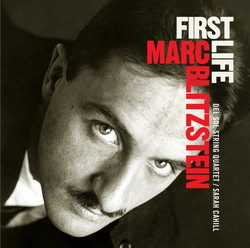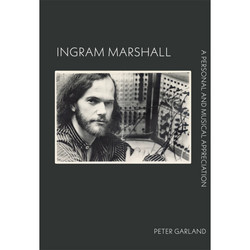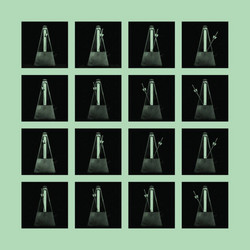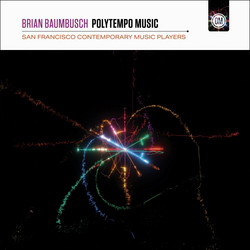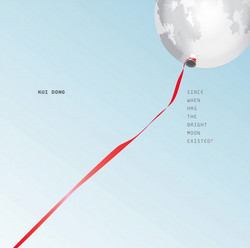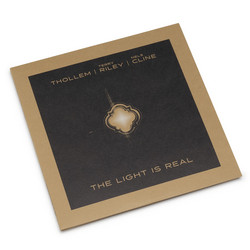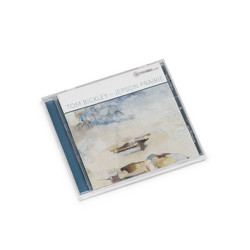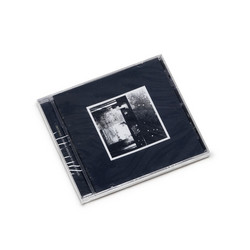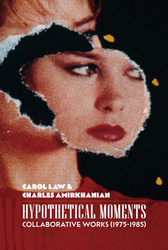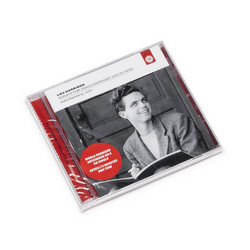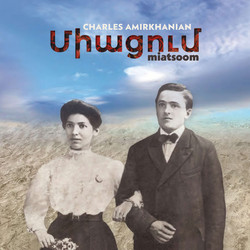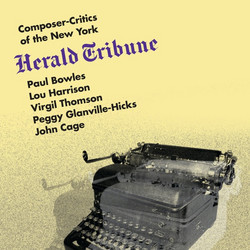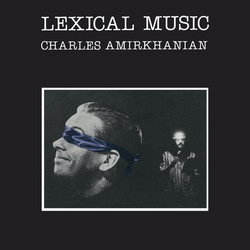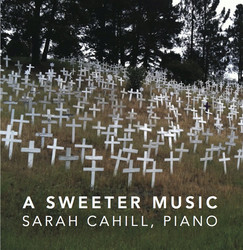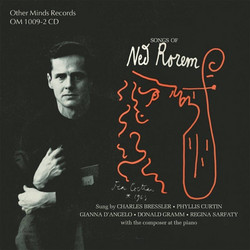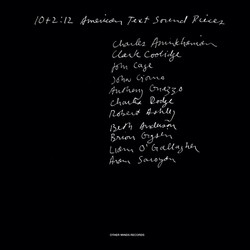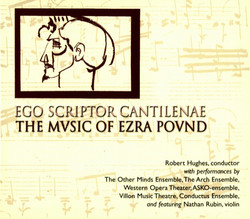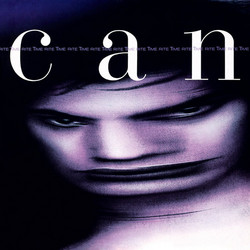The string quartet Current that provides the centerpiece of Adams’ new album dates from 2016, when Spektral Quartet commissioned the composer to write a short work that became the 12-minute study Quartet Movement. Though that piece stands alone, Adams sensed that it might also be used as the basis for something larger, so over the next few years he expanded its scope. The present five-movement work, completed in 2019, was co-commissioned by Spektral Quartet and Cal Performances, with additional assistance from New Music USA. Adams elaborates:
“The crux of the piece is the relationship between the minimal digital language of the resonating snare drums and the warm, acoustic complexity of the string quartet. … The result is a virtuosic display of four individuals performing with artificial, indifferent musical elements. Together, a complex polyphonic musical organism emerges. … The title Current seemed appropriate both for its reference to the electric currents that activate the resonating snare drums as well as the intense, weather-blasted quality of the work’s sound world.”
In his liner notes for the album, Spektral Quartet violist Doyle Armbrust characterizes Adams as being obsessed with “closing the distance, both real and perceived, between acoustic and electronic music,” and Current is fertile ground for observing that process at work. For Adams, the two are natural associates; their differences are convenient for distinguishing their voices in a musical texture, but they are otherwise perfectly compatible. He dissects their interaction on the level of pure sound mechanics and uses those building blocks to develop the sonic world of the piece, in the same way one might take the prominent overtones of an oboe timbre and give those pitches to accompanying strings. The four amplified snare drums that surround the quartet in Current increase their characteristic rattle according to the volume and intensity of the acoustic sound they “listen” to, just as the mood of an audience and sound of a hall affect the performance of live players. In Armbrust’s formulation, Adams “tries to create a sense of inevitability”; the juxtaposition of the snares and strings is like a postulate, and every conclusion to which it leads is warmly welcomed into a radically inclusive and inviting musical fabric.
